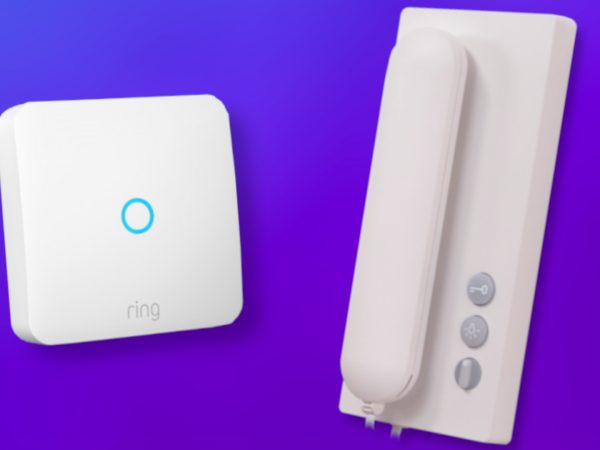Introduction: Effective communication lies at the heart of successful business operations, and when it comes to fostering meaningful connections with customers, Intercom has established itself as a leading customer messaging platform. However, understanding Intercom’s pricing structure can sometimes be a complex task, as it offers various plans with diverse features tailored to meet different business needs. In this blog post, we will dissect the Intercom pricing model and help you choose the ideal plan for your organization.
- Intercom’s Pricing Tiers: Intercom offers four main pricing tiers, each designed to cater to different business sizes and requirements. These tiers are:
a. Starter: This plan is ideal for small businesses and startups. It provides the basic features necessary to engage with customers, including live chat, basic automation, and team inbox functionality. The Starter plan is reasonably priced and offers a solid foundation to begin building customer relationships.
b. Growth: As your business expands, the Growth plan equips you with advanced features such as lead qualification, customizable bots, and integrated apps. This tier focuses on enhancing customer interactions and optimizing conversions, making it suitable for businesses looking to scale their operations.
c. Pro: Geared towards mid-sized and rapidly growing companies, the Pro plan offers additional functionality such as A/B testing, custom bots, and more extensive reporting and analytics capabilities. It enables businesses to refine their customer engagement strategies and gain deeper insights into their audience.
d. Enterprise: Designed for large organizations with complex needs, the Enterprise plan provides a comprehensive set of tools and features, including custom integrations, advanced security measures, dedicated support, and access to an account manager. This tier offers unparalleled flexibility and scalability for companies with high-volume customer interactions.
- User-based Pricing Model: Intercom employs a user-based pricing model, where the cost of each plan is determined by the number of people in your team who require access to the platform. While this ensures that you only pay for what you need, it’s crucial to consider the number of team members who will actively engage with customers using Intercom.
- Additional Considerations: When evaluating Intercom’s pricing, there are a few additional factors to keep in mind:
a. Monthly Active Users (MAUs): Some plans, particularly the Growth and Pro tiers, have MAU limitations. It’s important to estimate your customer base and choose a plan that accommodates your anticipated user activity.
b. Customization and Integration Needs: If your business relies heavily on integrations with other tools or requires extensive customization, the Enterprise plan might be the most suitable option. It provides the flexibility to tailor Intercom to your specific requirements.
c. Support and Onboarding: Higher-tier plans often include access to dedicated support and onboarding resources, which can significantly enhance your experience and ensure a smooth implementation process.
Conclusion: Selecting the right Intercom pricing plan is a crucial decision for businesses seeking to optimize their customer messaging and engagement strategies. By understanding the various pricing tiers, user-based model, and considering additional factors, you can choose a plan that aligns with your organization’s size, growth trajectory, and unique requirements. Remember, Intercom offers a range of plans designed to scale with your business, ensuring that you can provide exceptional customer experiences at every stage of your growth journey.
